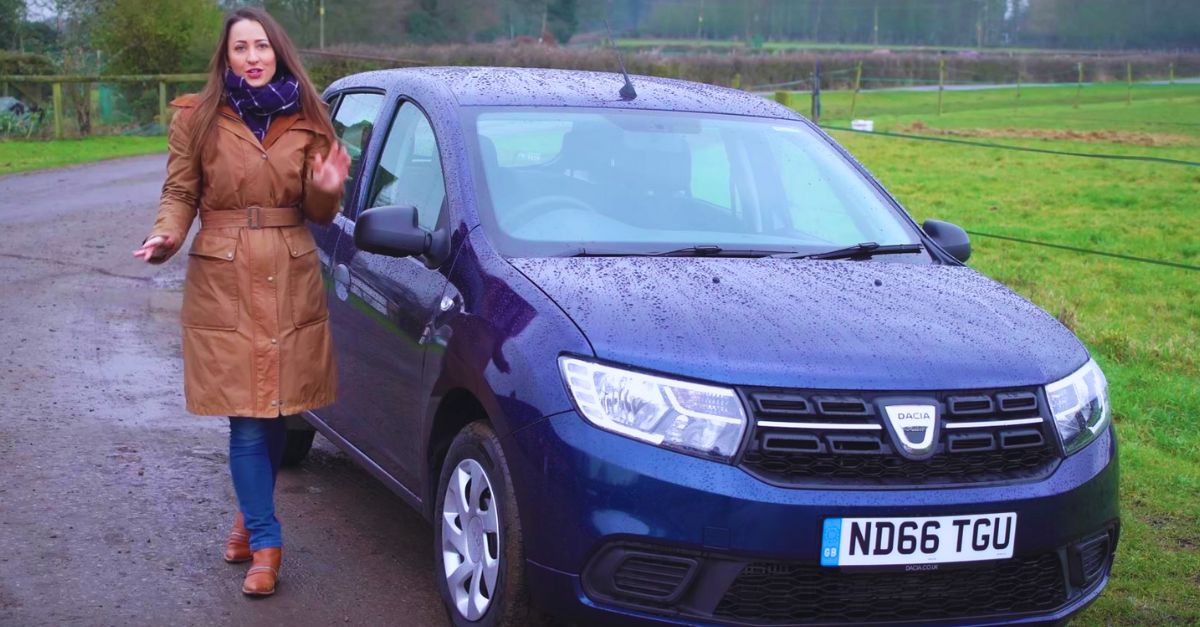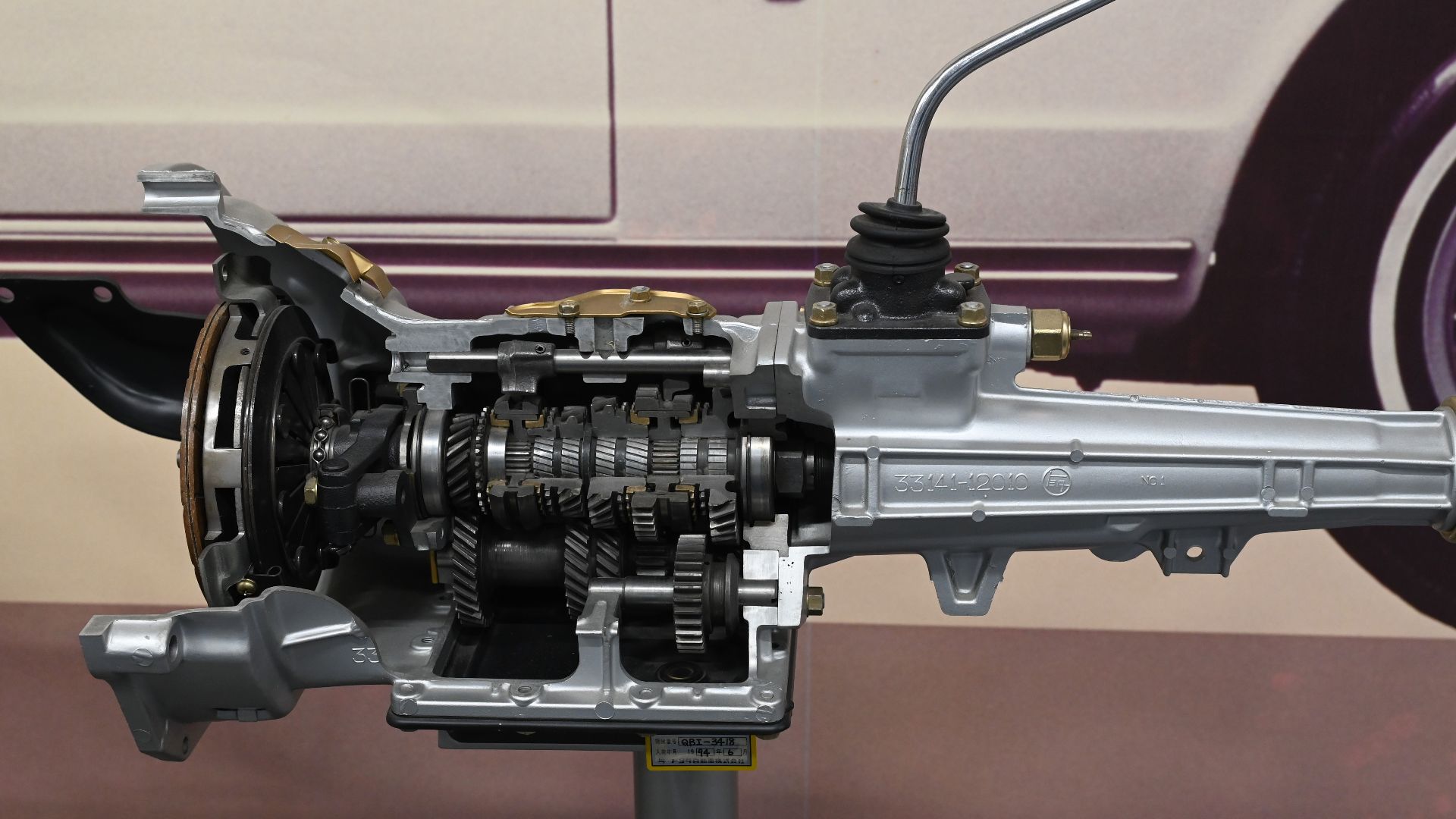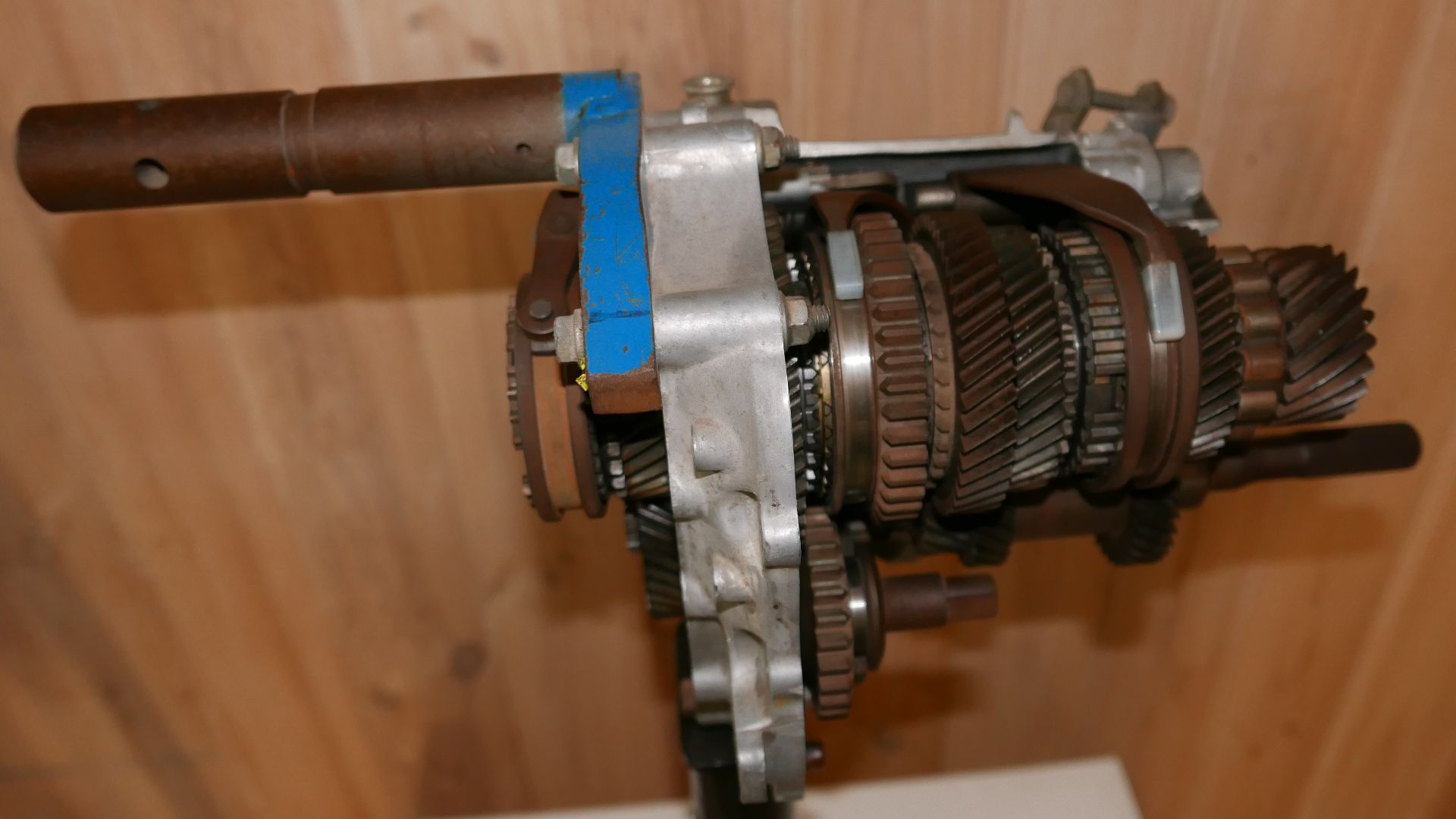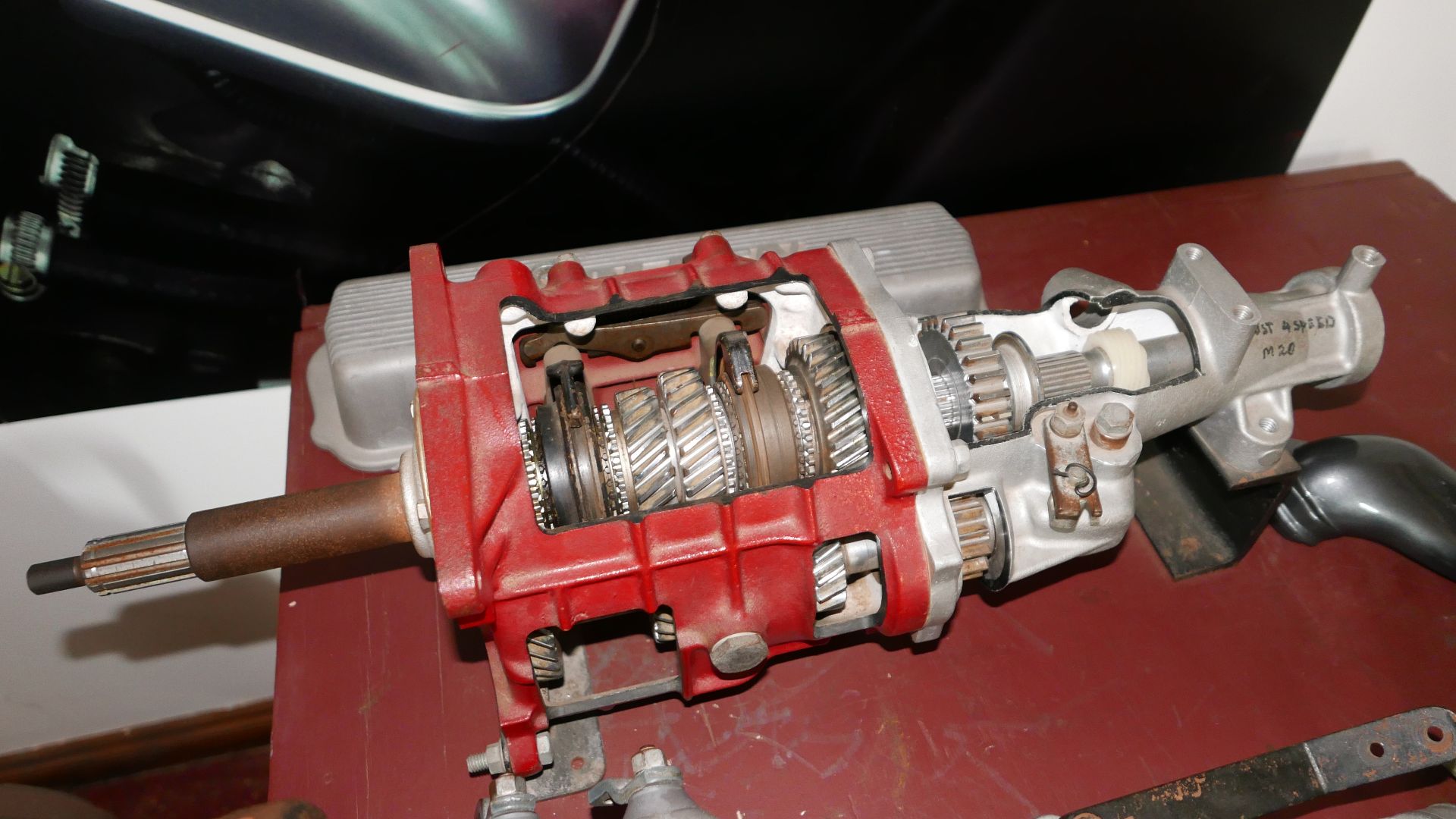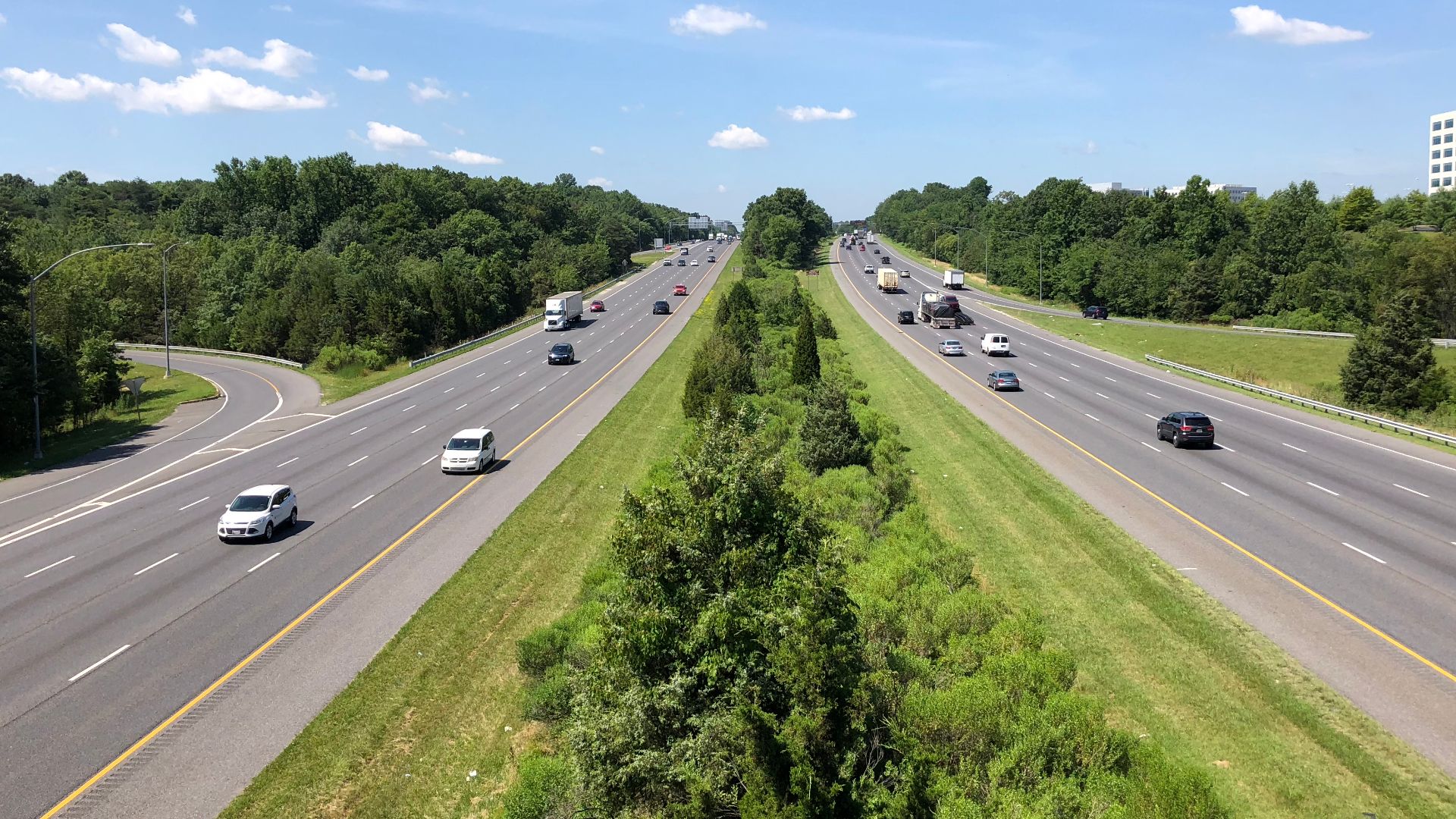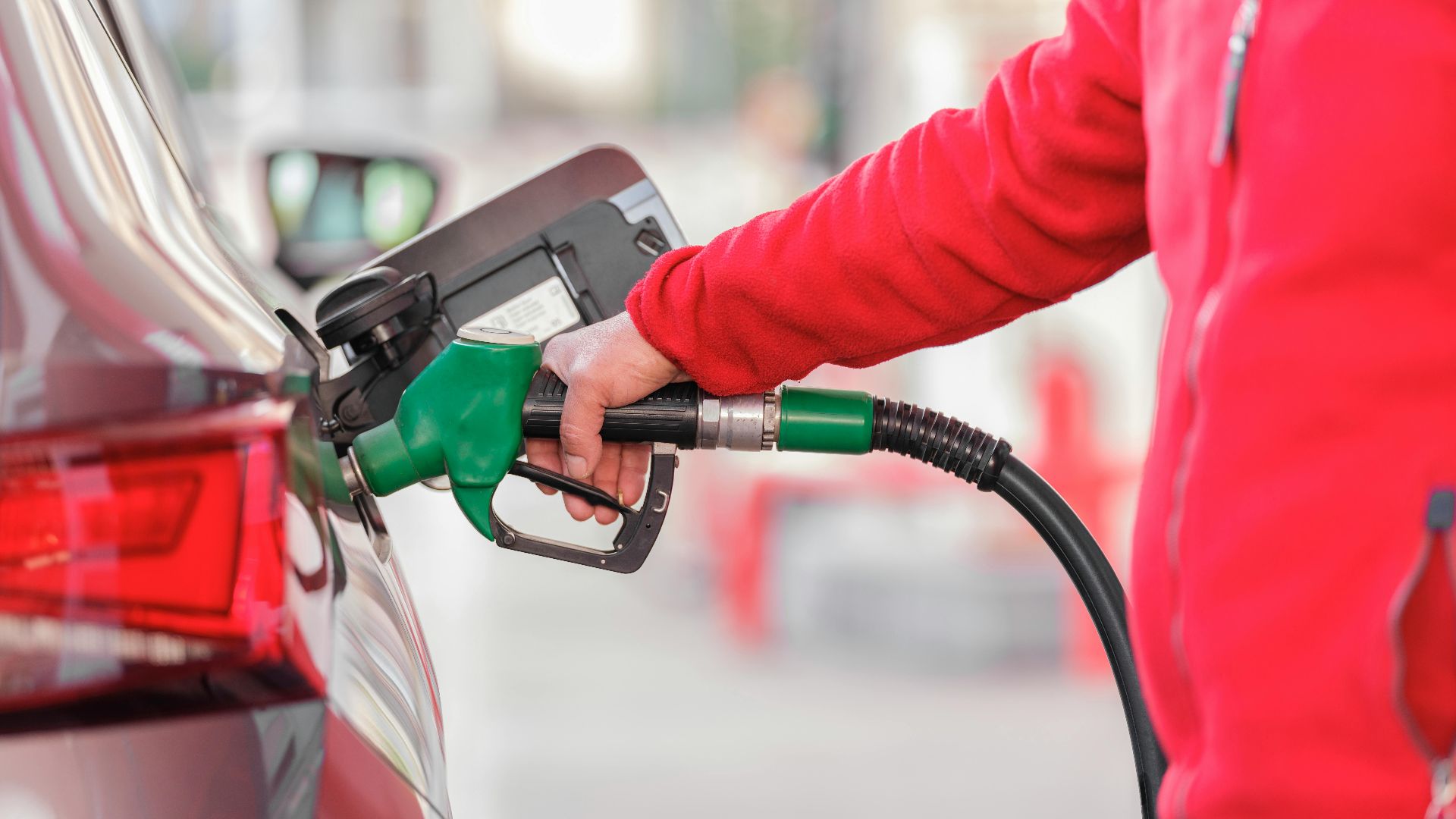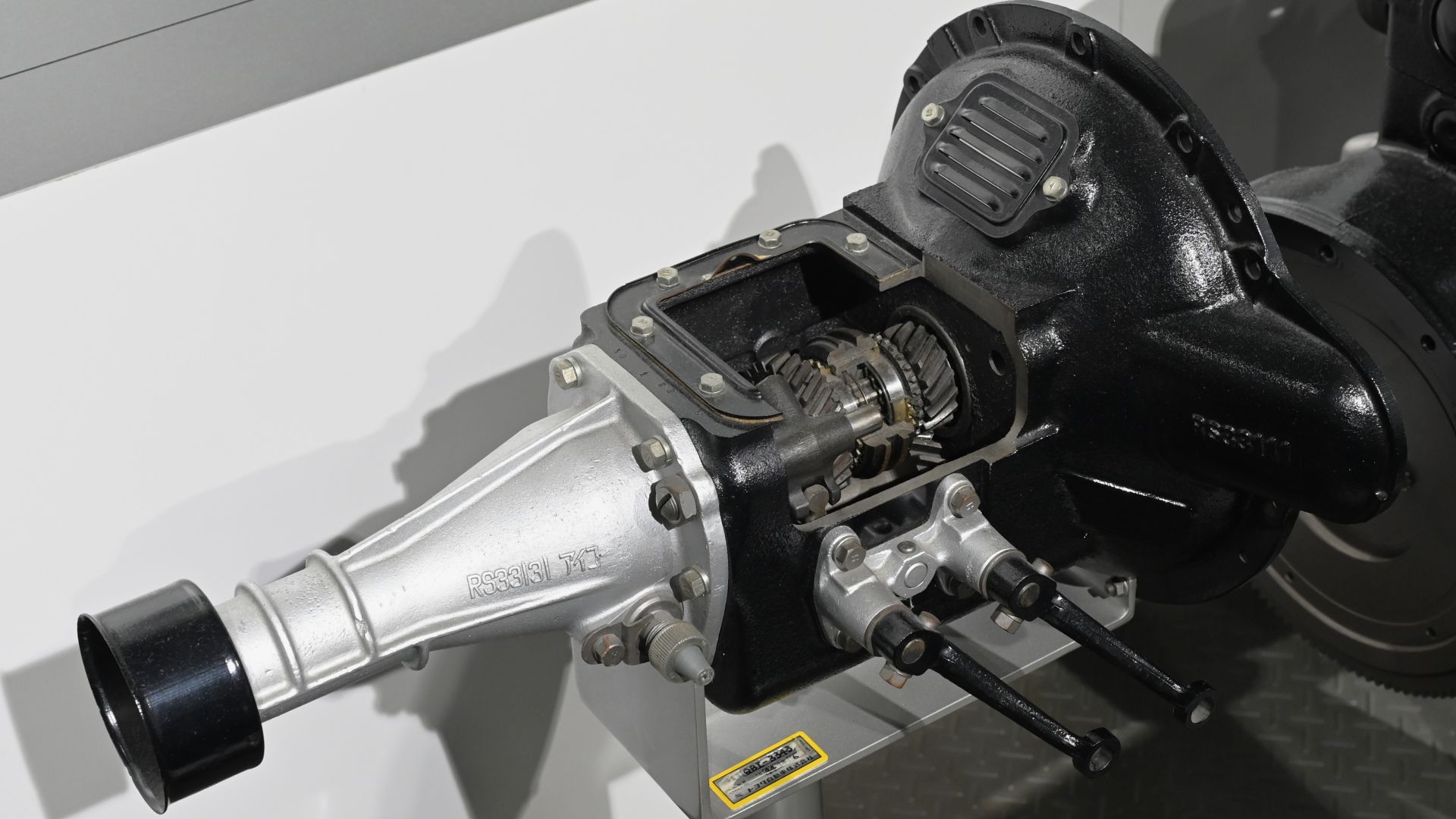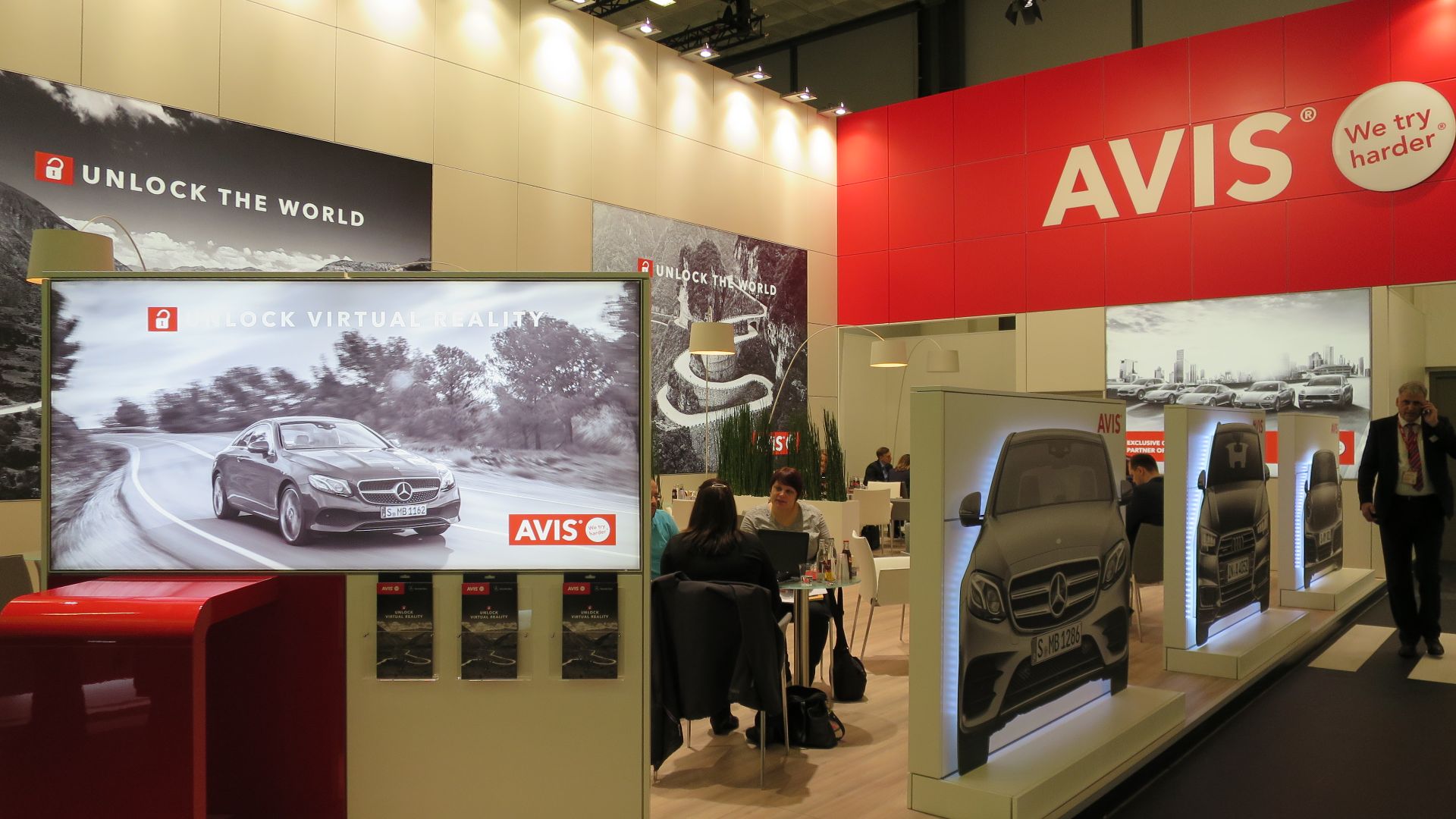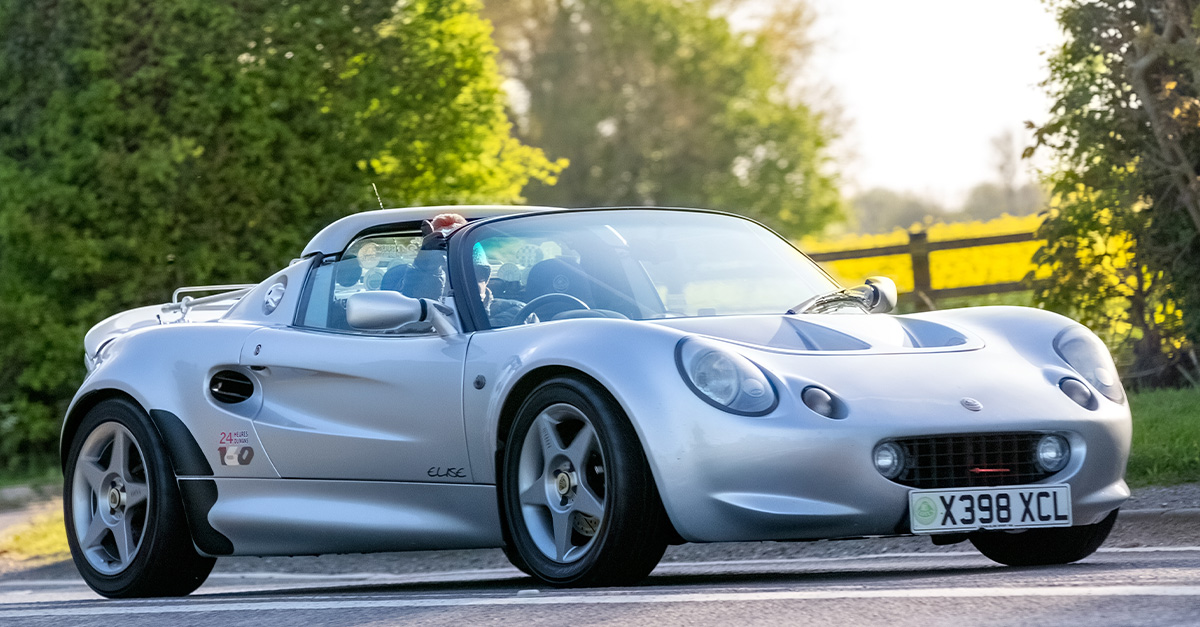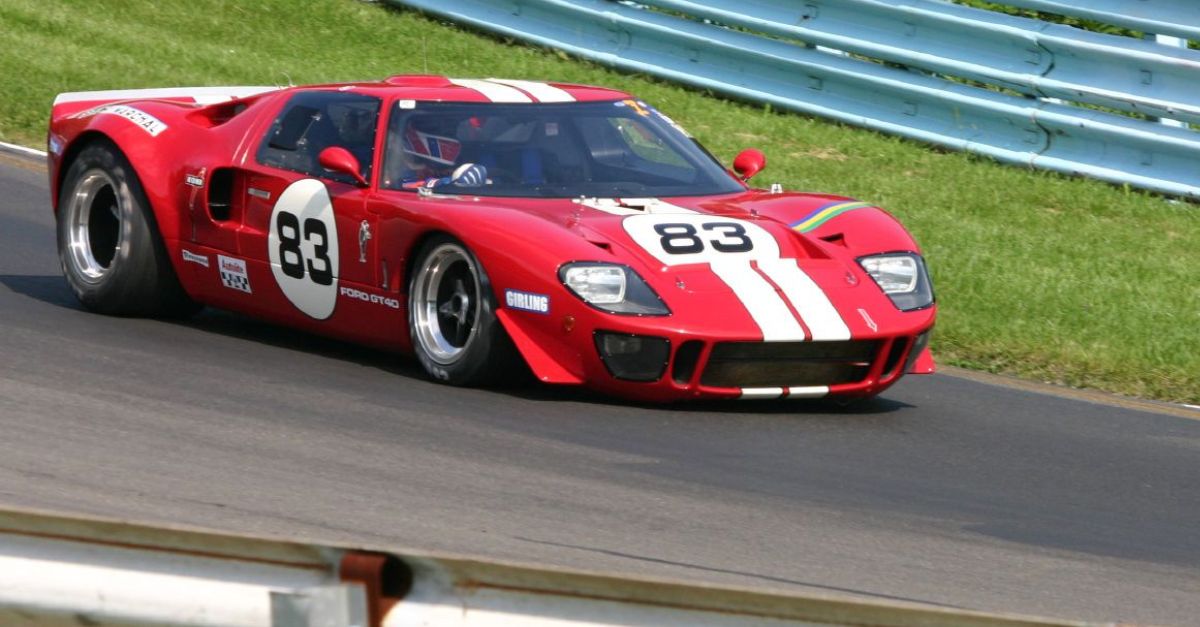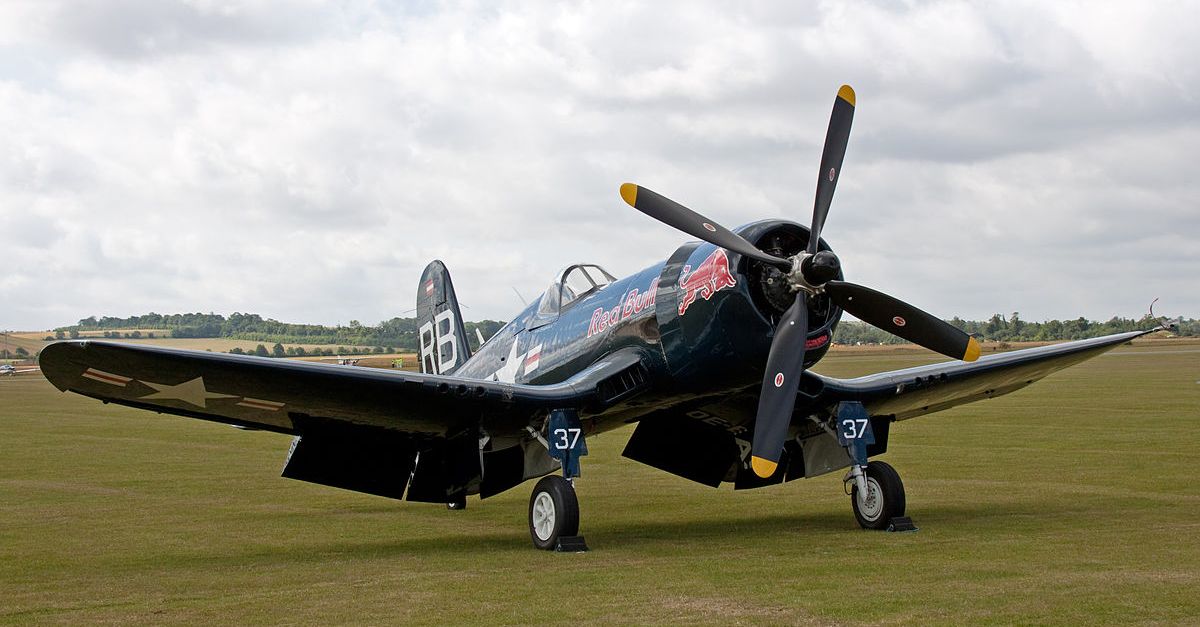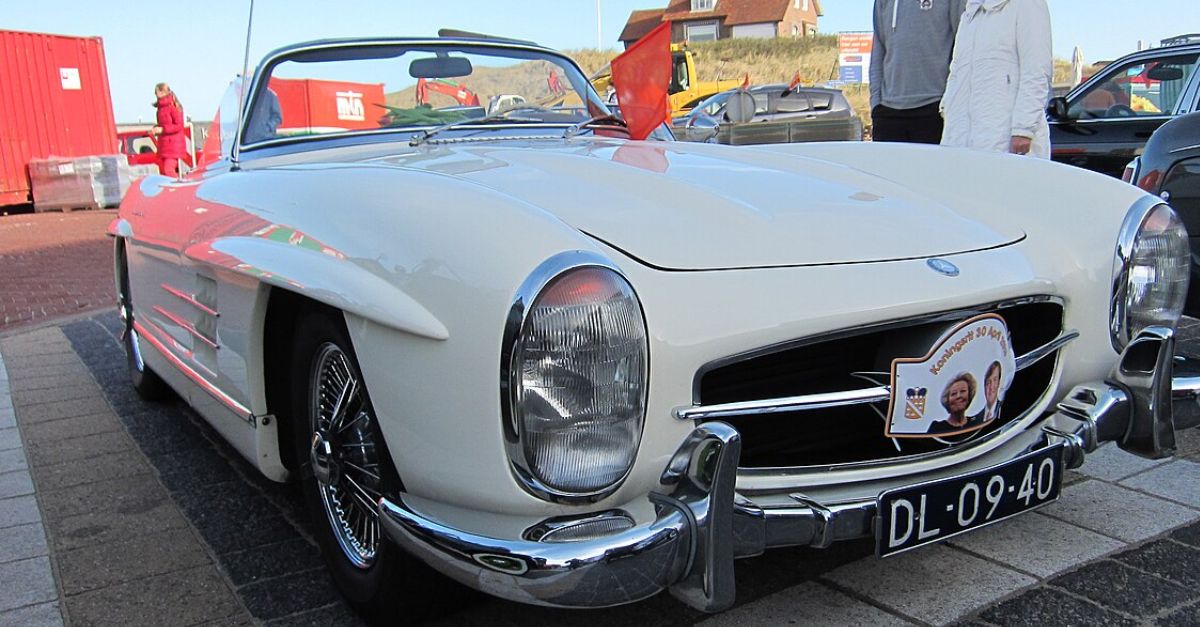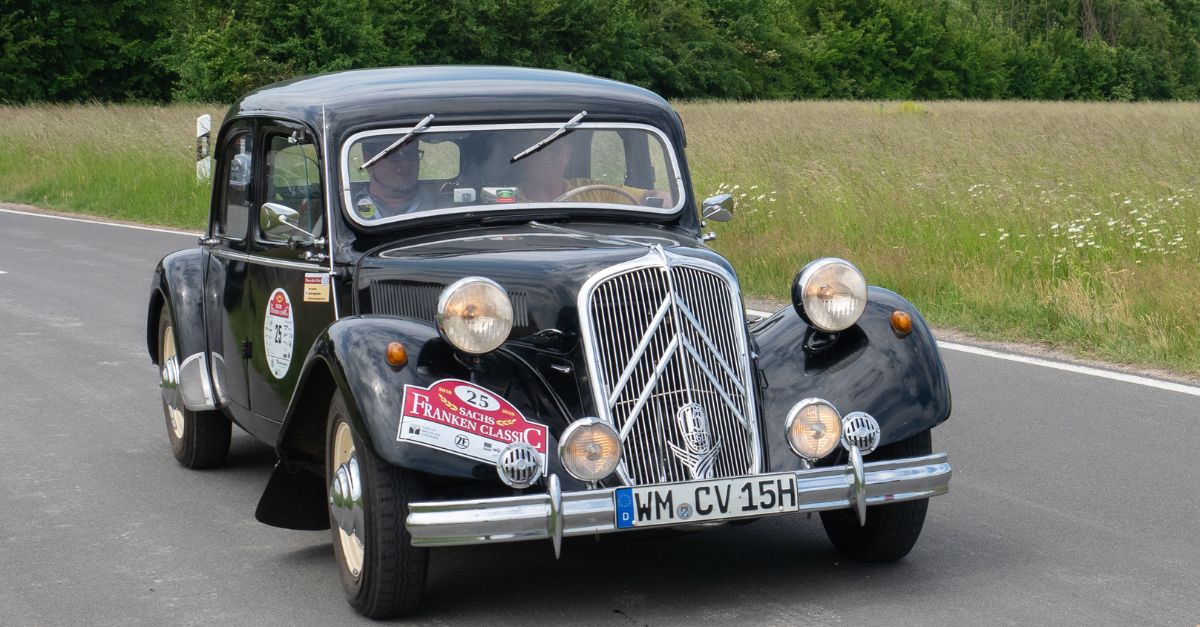Shifting Cultural Gears
There's something almost romantic about how Europeans cling to their gear sticks while Americans have been Team Automatic for ages. It's not just about being old-fashioned. The story runs much deeper than simple preference.
Historical Context
The great transmission divide between Europe and America traces back to the early 20th century, when automobiles first rolled off assembly lines. While both continents started with manual transmissions as the standard, their paths diverged dramatically after World War I.
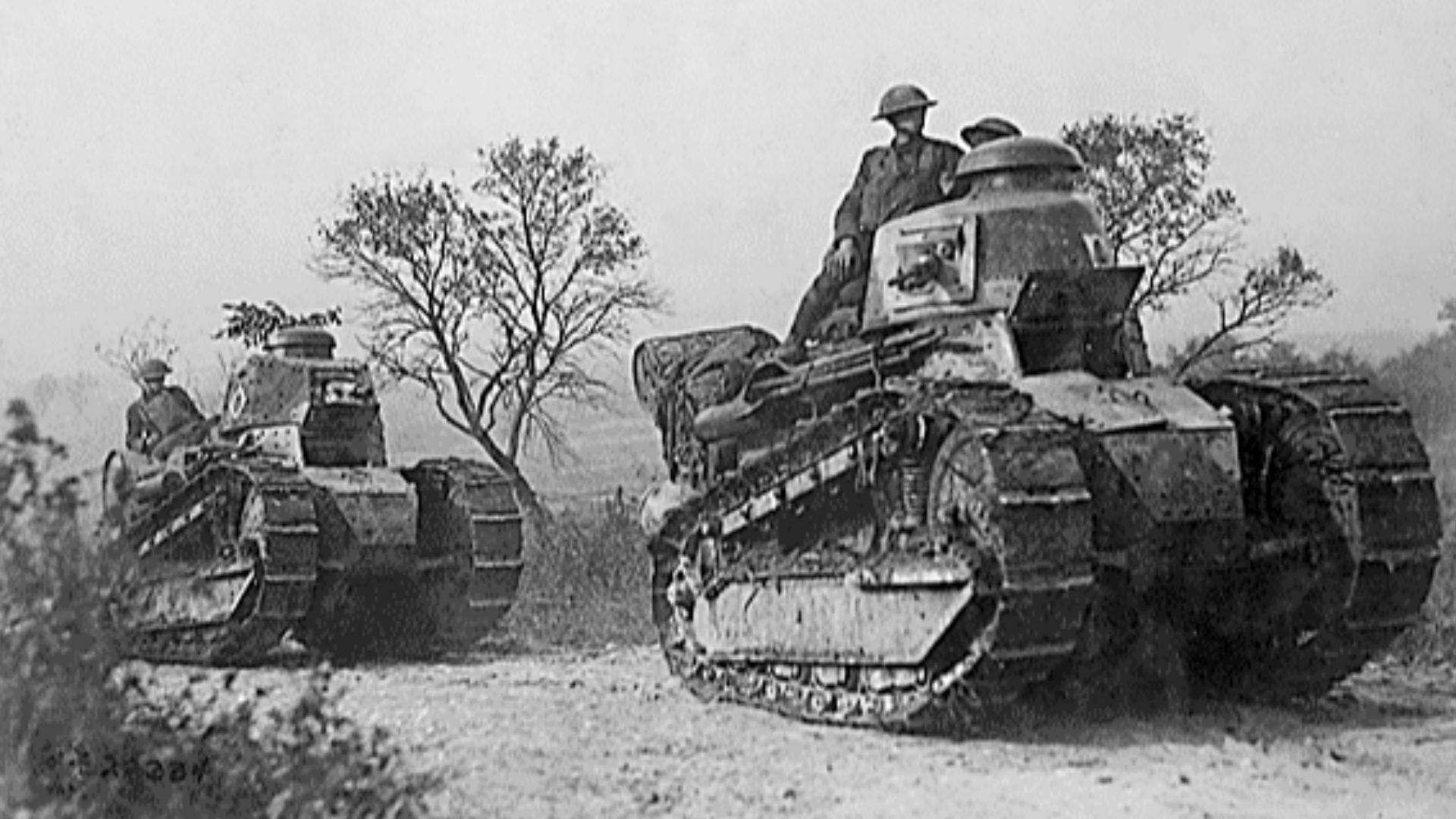 Lt. A.C. Duff, Wikimedia Commons
Lt. A.C. Duff, Wikimedia Commons
Post-War Boom
America's explosive economic growth following WWII created the perfect storm for automatic transmission adoption. By 1957, over 80% of new cars in the United States had automatic transmissions, as the booming economy made convenience a priority over cost. The technology came along at an opportune time.
 National Photo Company, photographer's name not mentioned., Wikimedia Commons
National Photo Company, photographer's name not mentioned., Wikimedia Commons
Manual Transmission
A manual transmission is a type of vehicle transmission system that requires the driver to manually change gears using a clutch pedal and a gear stick. It connects the engine to the wheels and allows the driver to select different gear ratios to control the vehicle's speed.
Economic Rebuilding
While America celebrated victory with consumer luxuries, Europe faced a starkly different reality. European manufacturers couldn't afford the complexity and cost of automatic transmissions when basic transportation was the priority. Manuals were simpler and cheaper than newfangled automatics, making them the logical choice for cash-strapped consumers.
Manufacturing Legacy
European automakers built their reputations on engineering precision rather than comfort features. Cars like the Dacia Sandero come standard with a manual on most engines and trims. The same goes for the Skoda Fabia, reflecting a manufacturing philosophy where manual transmissions were the foundation.
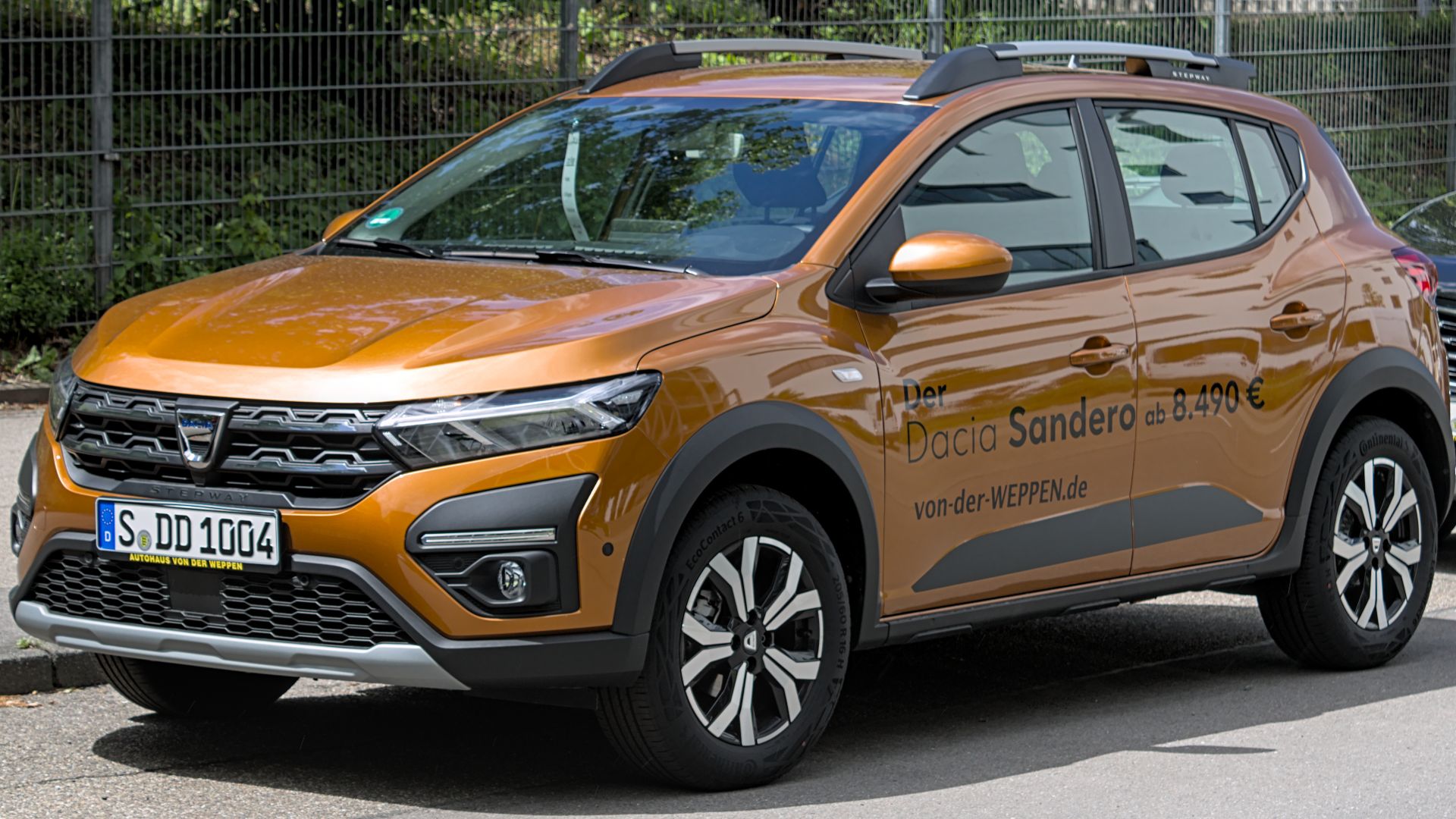 Alexander Migl, Wikimedia Commons
Alexander Migl, Wikimedia Commons
Dacia Sandero
This car is powered by a 999 cc petrol engine that produces around 90 horsepower, delivering a 0–100 km/h acceleration time of approximately 11.7 seconds. It utilizes front-wheel drive to strike a balance between economy and driving ease.
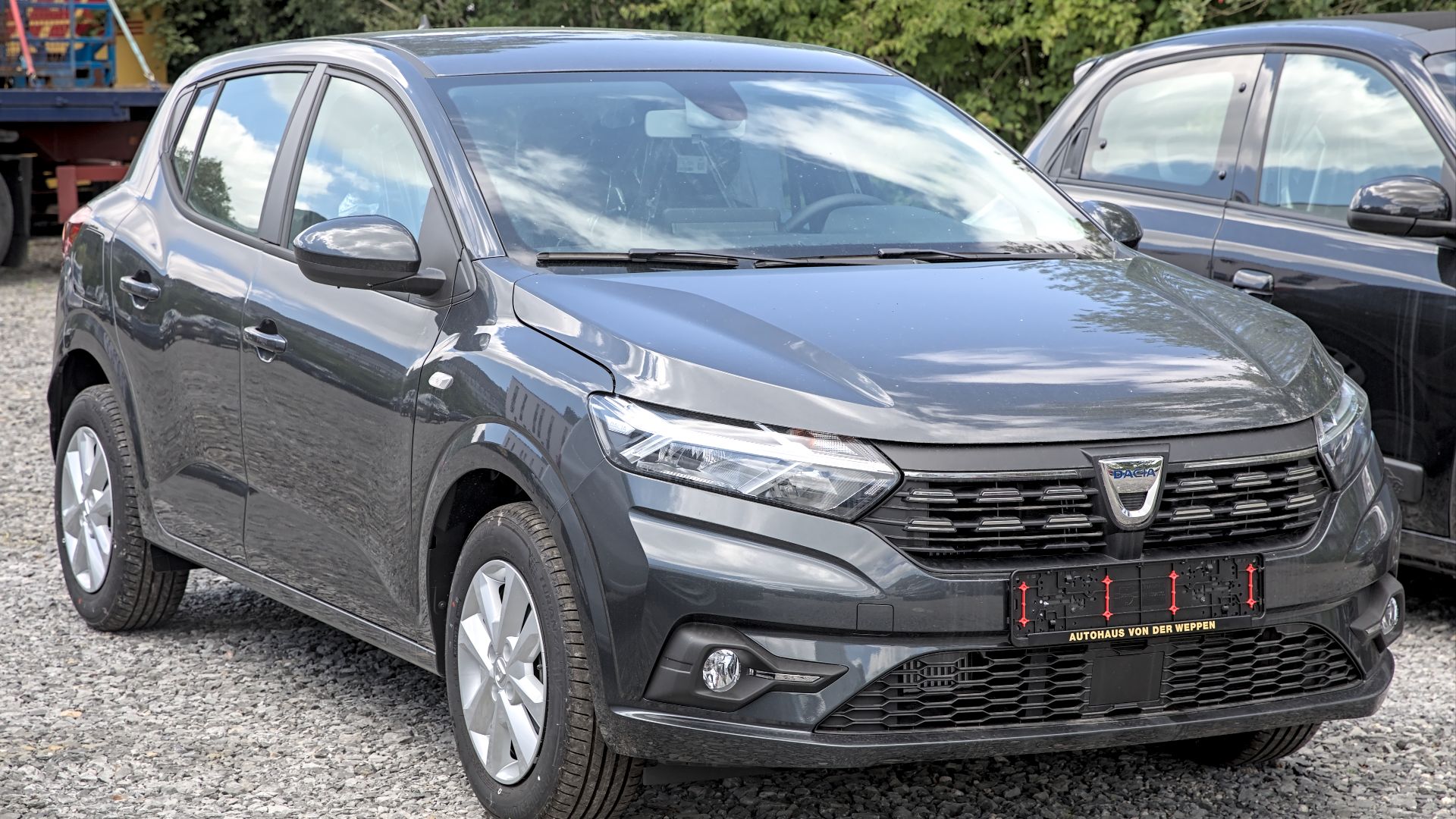 Alexander Migl, Wikimedia Commons
Alexander Migl, Wikimedia Commons
Dacia Sandero (Cont.)
The Sandero's manual transmission complements its urban-friendly size and dimensions, allowing for nimble maneuvering on city roads. Measuring about 4,088 mm in length, 1,848 mm in width, and 1,499 mm in height, with a turning circle of 10.5 meters, it comfortably seats five passengers.
Current Market Position
For the first time ever, the Dacia Sandero was the top-selling car model in Europe over a full calendar year in 2024. In the first half of 2025, the European car market saw this beast maintain its top position despite an 11% decline in registrations.
 Rozcestnik.sk, Wikimedia Commons
Rozcestnik.sk, Wikimedia Commons
Renault Clio
Another Renault Group model, the Renault Clio, was the second-most-popular car in Europe in 2024. With 90bhp from its 1.0-litre, three-cylinder petrol engine and a 0-62mph time of 12.2 seconds, the Renault Clio TCe 90 is fine for dashing around town.
 Alexander-93, Wikimedia Commons
Alexander-93, Wikimedia Commons
Cultural Tradition
Manual transmissions became deeply embedded in European automotive culture, transcending mere mechanical preference. For generations, driving a manual car has been seen as an integral part of the driving experience, a skill to be mastered and a source of pride.
Road Infrastructure
There are loads of winding, twisty B-roads all over Europe, especially on the western side. Unlike America's grid-like highway system, designed for efficiency, European roads evolved organically from ancient pathways, forming a driving environment where manual transmissions offered superior control.
 Marek Kocjan, Wikimedia Commons
Marek Kocjan, Wikimedia Commons
Commute Distance
The stark difference in daily driving patterns between continents shaped transmission preferences significantly. On average, the American commute is roughly 27 minutes one way as of 2023. In Europe, the average is 25 minutes one way. The majority of workers commute for less than 30 minutes.
Traffic Patterns
European and American traffic flow developed along entirely different philosophies. Americans spend more time in their cars generally, while Europeans are more inclined to walk and bike. Their traffic patterns, with more varied speeds and frequent stops in historic city centers, actually favored the control and efficiency of manual transmissions.
Fuel Prices
Well, the economics of fuel consumption created another massive incentive gap between Europe and America. Petrol is much more expensive in Europe than in the United States. A liter of fuel can cost anywhere between €1.20 and €1.80, depending on where you live on the continent.
Fuel Prices (Cont.)
In the USA, the price of gasoline per gallon (3.78 liters) averages out at just €2.72. The cost of gasoline here has been historically lower than it is overseas, which encourages driving and makes the previous fuel-economy gap between automatics and manuals less of a concern.
Cost Factors
The financial mathematics of car ownership differed dramatically across the Atlantic. In Europe, automatic cars cost approximately 1,000 euros more than manual ones. So why would people shift to something more expensive? This price premium represented a significant barrier, especially when combined with higher fuel costs.
Maintenance Expenses
Manual transmissions featured fewer moving parts and simpler hydraulic systems, making them inherently more reliable and cheaper to service. European mechanics developed extensive expertise with manual systems over generations, while automatic transmission specialists remained scarce and expensive. This maintenance ecosystem reinforced the manual preference.
Government Policies
European taxation and regulatory frameworks systematically favored manual transmissions through various policy mechanisms. As per sources, the Netherlands has the highest gas tax in the EU at €0.789 per liter ($3.53 per gallon), followed by Italy at €0.713 per liter ($3.19 per gallon).
 Photo By: Kaboompics.com, Pexels
Photo By: Kaboompics.com, Pexels
Market Availability
The chicken-and-egg problem of supply and demand brought self-reinforcing market dynamics. Due to the lower demand for automatic cars, several popular models in Europe do not sell an automatic variant. Manufacturers allocated their automatic transmission production primarily to larger, premium vehicles where profit margins justified the additional cost.
Driving Education
While virtually all American driver's ed programs use automatic transmission-equipped vehicles for practice, most European countries teach driving using stick-shift cars. This educational foundation meant Europeans learned manual operation as the fundamental driving skill, viewing automatic transmissions as an optional convenience rather than the standard.
 User Bobo is soft on en.wikipedia, Wikimedia Commons
User Bobo is soft on en.wikipedia, Wikimedia Commons
License Restrictions
Legal frameworks in Europe allowed manual transmission dominance through licensing restrictions. Many European nations require people who did not take their driving test with a manual car to be given driver's licenses with an automatic-only restriction, meaning they cannot legally operate a vehicle equipped with a manual transmission.
Safety Perception
It is said that these folks developed a cultural belief that manual transmissions resulted in safer, more attentive drivers. The constant engagement required for clutch and gear operation was viewed as preventing distracted driving behaviors that automatic transmissions might enable, particularly before modern safety technology emerged.
Rental Market
The European car rental industry both reflected and reinforced manual transmission dominance through market dynamics. All car rental services, such as Avis, Hertz, Europcar, Sixt, etc, predominantly provide cars with manual transmissions. One has to carefully scroll through their list of rental vehicles to rent an automatic.
Electric Future
Electric vehicles and most hybrids don't have traditional multi-speed gearboxes. As Europe pushes aggressively towards a greener future with strict CO2 emission goals, the market is flooded with electric and hybrid models. Europe's manual percentage will decline as electric adoption accelerates.
 Raysonho @ Open Grid Scheduler / Scalable Grid Engine, Wikimedia Commons
Raysonho @ Open Grid Scheduler / Scalable Grid Engine, Wikimedia Commons

